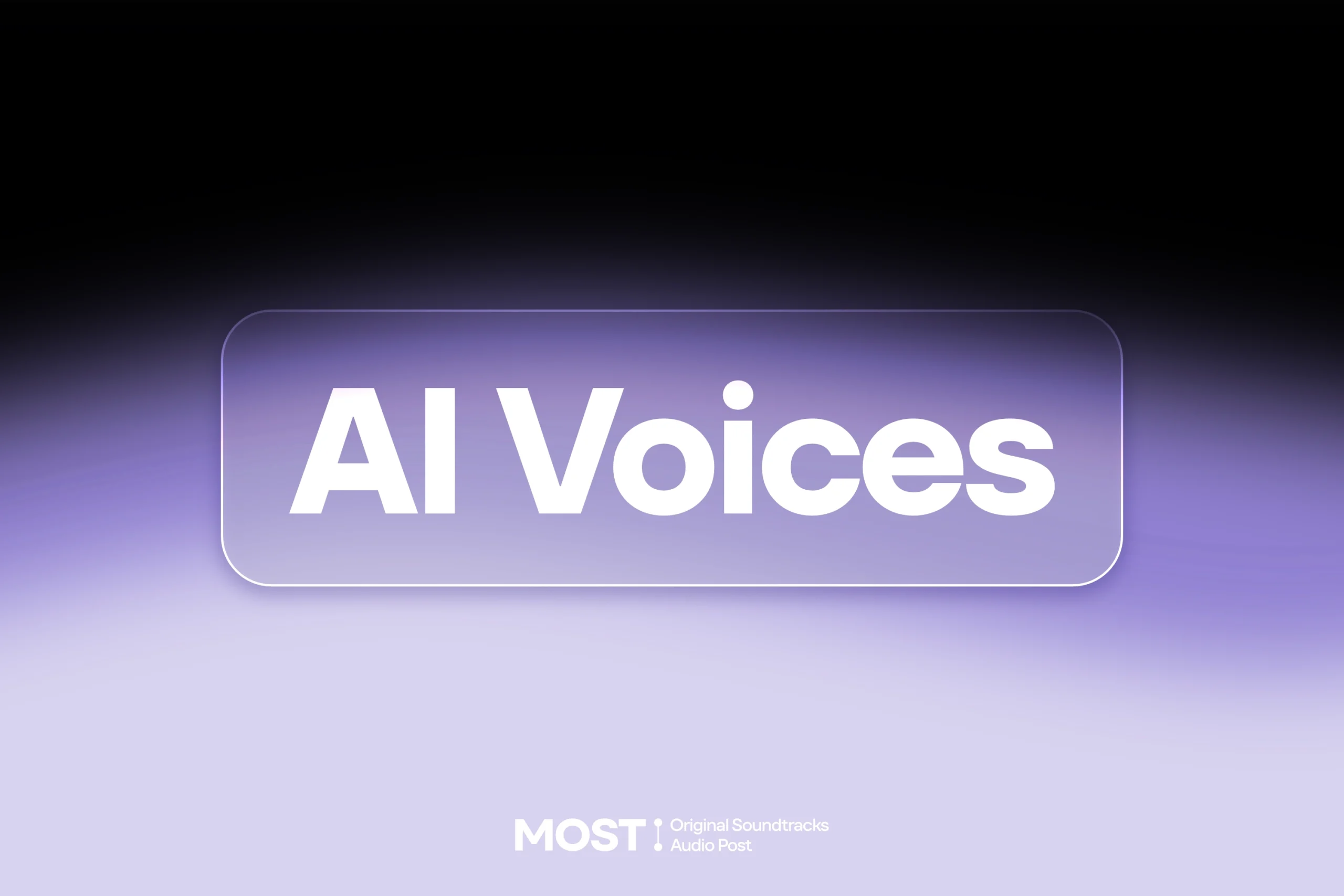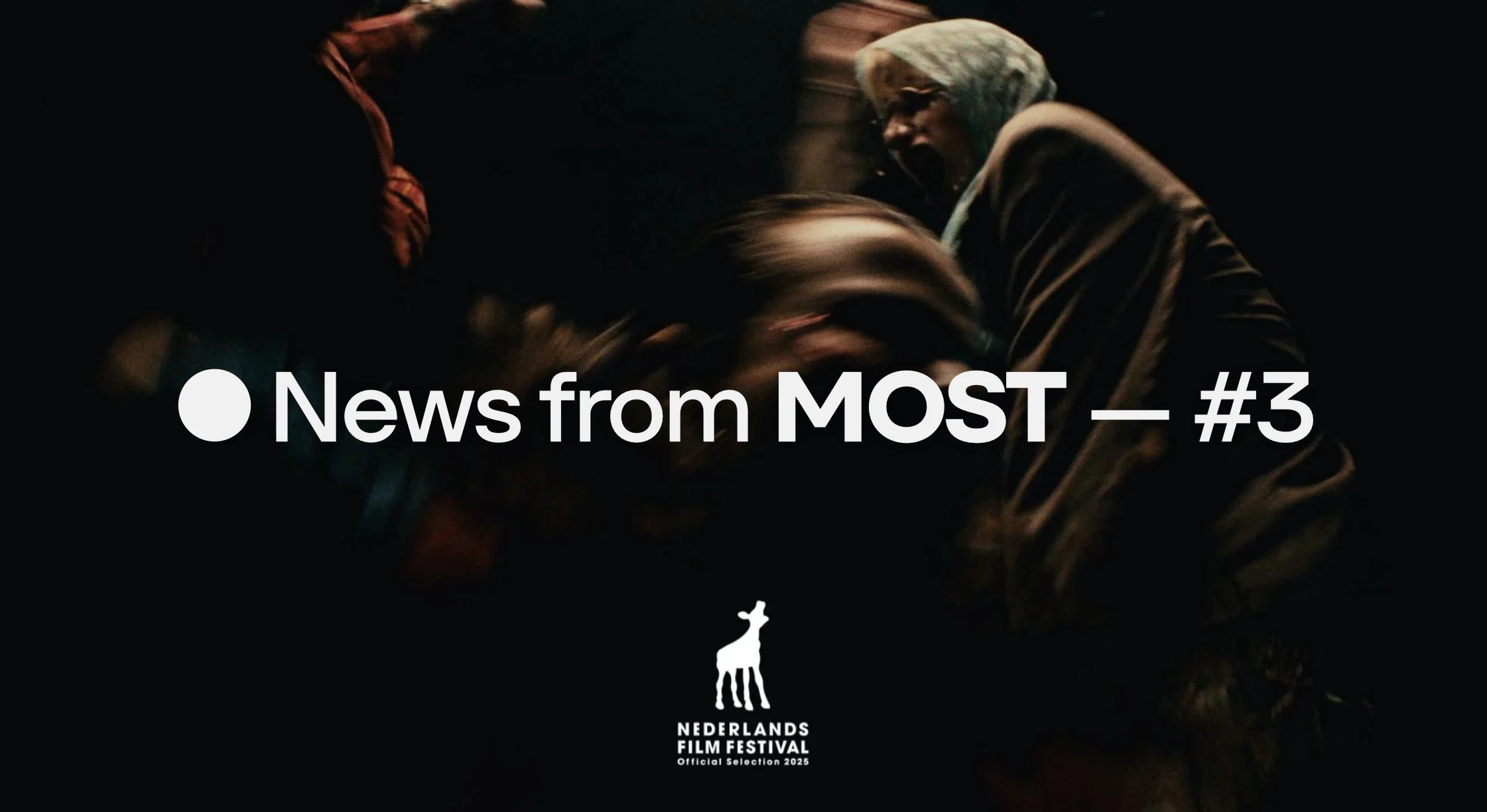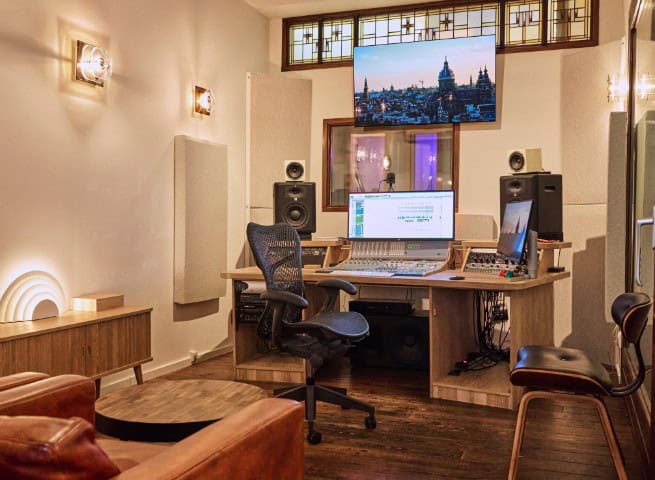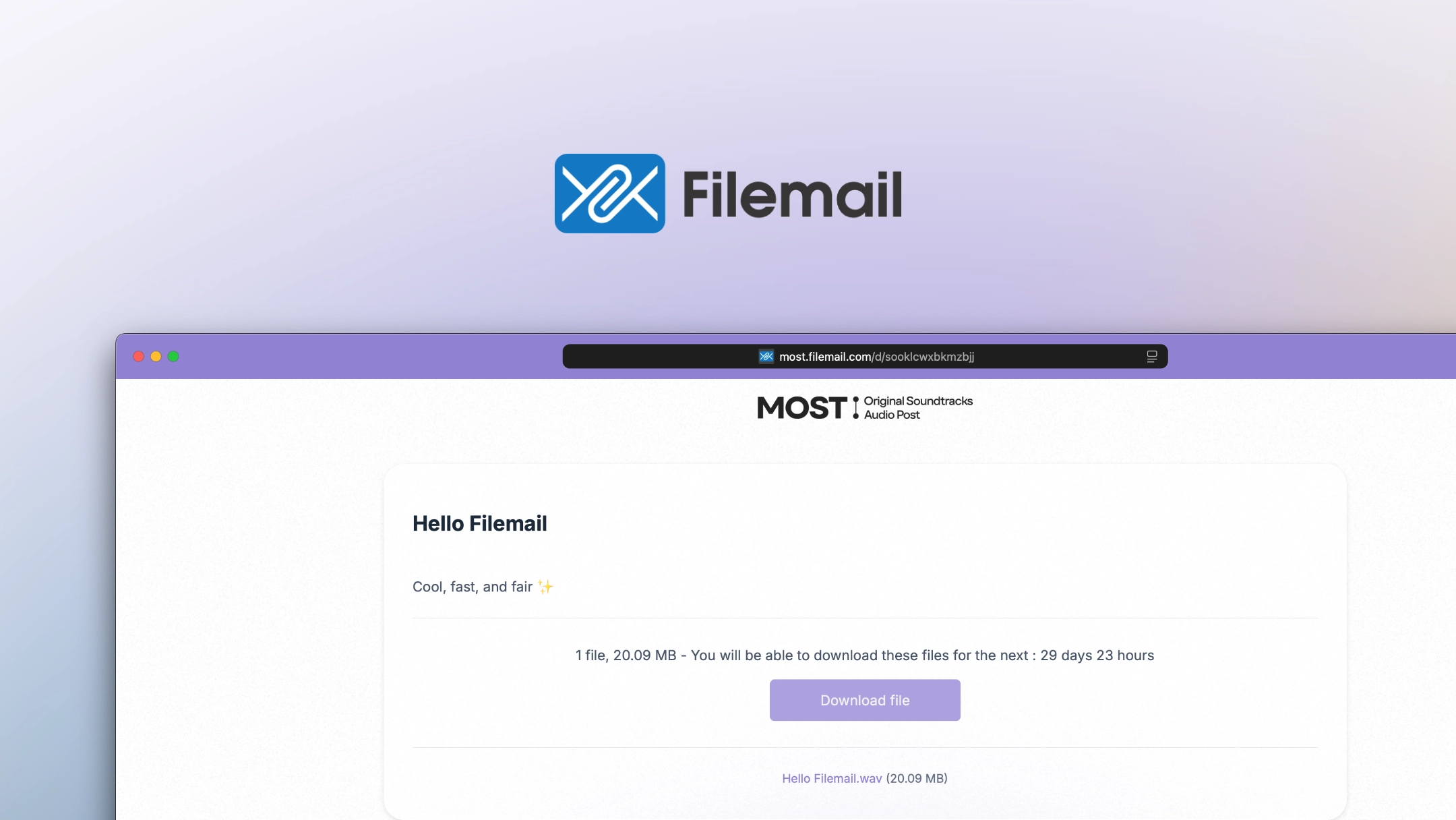EXHIBITION
Voor het kiezen
The exhibition Voor het kiezen commemorates the 650th anniversary of the Stichtse Landbrief, a pivotal document drafted on 17 May 1375 by Bishop Arnoud van Horne. This solemn charter marked an agreement between the bishop and the three estates, the States of Utrecht, with seals from key cities such as Utrecht, Amersfoort, and Rhenen.
At MOST, we support the Core Principles for Artificial Intelligence Applications as laid out by the Human Artistry Campaign. Widely recognised cornerstones of the ethical use of creative works, also reflected in these core principles, are permission, fair payment, and transparency.
Also, we are a boutique studio: we do specific, tailored, creative work – not mass automation. How does generative AI fit into that?
If used responsibly and with care, AI-voices can sometimes be a welcome addition to our palette. There are many creative ways to use AI voices, but not all of them sound good or communicate with real emotion. The words are there, but the story isn’t told. In this Note, we talk about a special tailored workflow for Het Utrechts Archief, in which we combine Ruben de Goede’s voice acting talent and AI speech-to-speech to create a whole exhibition.
Het Utrechts Archief: De Stichtse Landsbrief
The exhibition Voor het kiezen commemorates the 650th anniversary of the Stichtse Landbrief, a pivotal document drafted on 17 May 1375 by Bishop Arnoud van Horne. This solemn charter marked an agreement between the bishop and the three estates, the States of Utrecht, with seals from key cities such as Utrecht, Amersfoort, and Rhenen.
The story of the Stichtse Landsbrief is – amongst other ways – told by six ancient characters in first person. These people all have their own experience of when the Stichtse Landbrief got established.
Of course, there aren’t any real recordings of their stories, but we wanted to create a sense of this in a most (cost) efficient way. In fact, these stories are told by just one person, but he sounds like six.
The marriage of real talent and AI
We asked one of our friends and talented voice actor, Ruben de Goede, if he was open to creating an exhibition with help from AI. As long as the AI model was not trained with his acting and sound (we made sure it wasn’t), he was keen on working with us. Ruben recorded all six stories with his own voice, empathising with the characters. We did our AI magic trick and changed the sound of his voice to a different sound (including a female sound). The results are incredibly satisfying. The story is getting told with real emotion and nuances, and the sound is natural and unrevealing.
Conclusion
We believe real talent and real actors go above all. But for some instances, we can empower a story that has to be told with AI, and turn a good story into an even better one. Before AI, we would have worked with one actor trying to change his timbre for the six different characters. With AI, we have been able to improve on this workflow, without taking anything away: AI has enhanced the performance of the human talent, not replaced human talent.
AI VOICES

An in-depth overview of how to use AI voices
We have developed a workflow for working with AI-generated voices. There are three ways in which we think AI can be a useful tool and deliver added value, in addition to the voice casting & recording services we offer.


